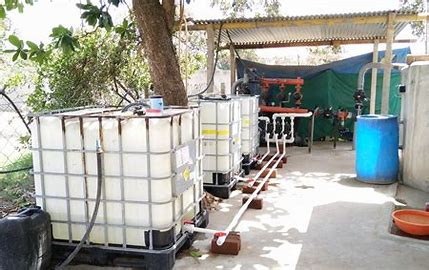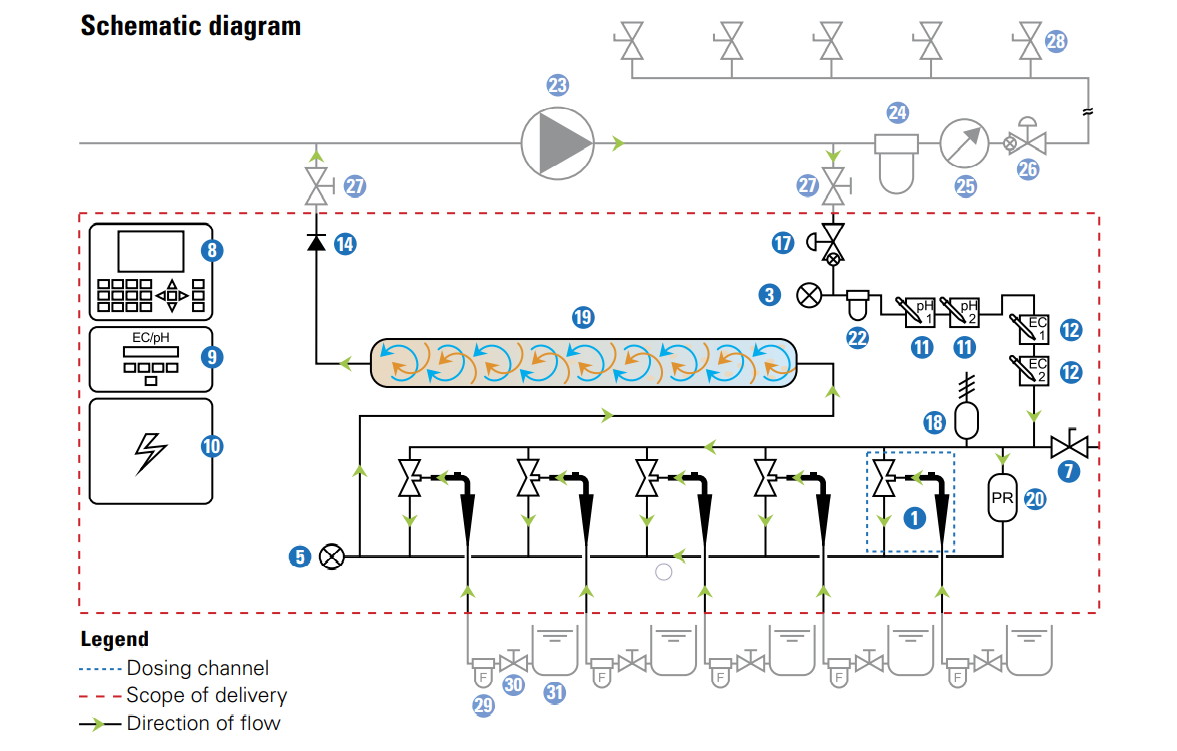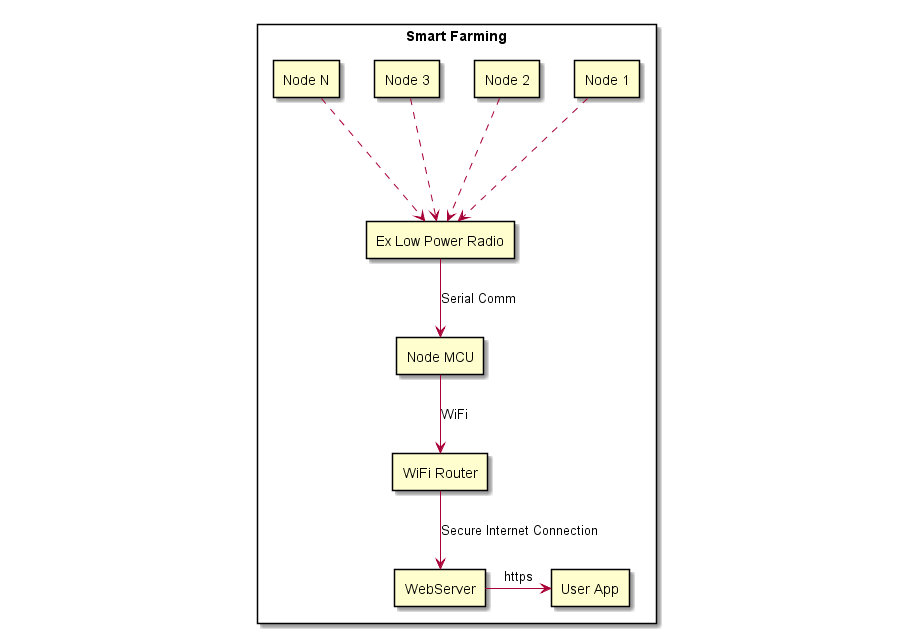Internship information
- Position: Research Intern
- Internship date: June 2020 - May 2021
- Location: Gujarat, India
- Company Website: insignex.com
- Publication: Paper
InSignEx
Developed an automated irrigation system for banana farmers to collect and evaluate data using Python, Flask, and MySQL. Prototyped designs and measured power draw of a NodeMCU with a shunt resistor to reduce power consumption to 30mA. Created a proof-of-concept for the user interface in Adobe XD, modeling data using historical information from the region about the climate, soil, and irrigation system
NodeMCU
For this project my work was heavily focused on the NodeMCU. The NodeMCU is a low power microcontroller that is also affordable and easy to use. During my internship, I learned about shunt resistors and different measuring techniques to measure current draw in the mili/micro amp range using regular multimeter's. This process involved utilizing datasheets to understand the capabilities at a chip level and then using that information to turn of certain components of the integrated chip to save power for longer battery life. Furthermore, my work involved using external clocks to wake up the microcontroller from deep sleep mode to relay information periodically back to a central computer over WiFi.
Server
After the data was collected from the NodeMCU through the different sensors the data was relayed back to the central server. The server was a Raspberry Pi 4 that was running a Flask server and compiling the data in a MySql database. This allowed for easy access at a later time for visualizations and analysis.
Paper
All of the findings from the project were compiled into a paper that was published in the IEEE
conference on Intelligent Systems and Control (ISCO) 2021. The paper can be found at the link
provided above. Below is the abstract to provide a bit of information on the paper.
Abstract: The growth and production of fruits from crops are influenced by many factors.
Light,
temperature, nutrients, and water are the four major factors that influence the crop’s growth
(Environmental factors affecting plant growth, [1]). The main factor left to be controlled is water
and nutrients. An array of electroconductive sensors is used to figure out the soil moisture
throughout the farm. Each moisture sensor is paired with a stem diameter sensor to measure plant
health and growth. This pair of sensors is used to measure the growth of crops over time. This
allows for continuous monitoring of the crops to help the farmer understand how the crops are
progressing. Continuous monitoring and history of information provided by these sensors help the
farmer make changes to the watering schedule and nutrients in the soil to ensure optimal crop
growth.


